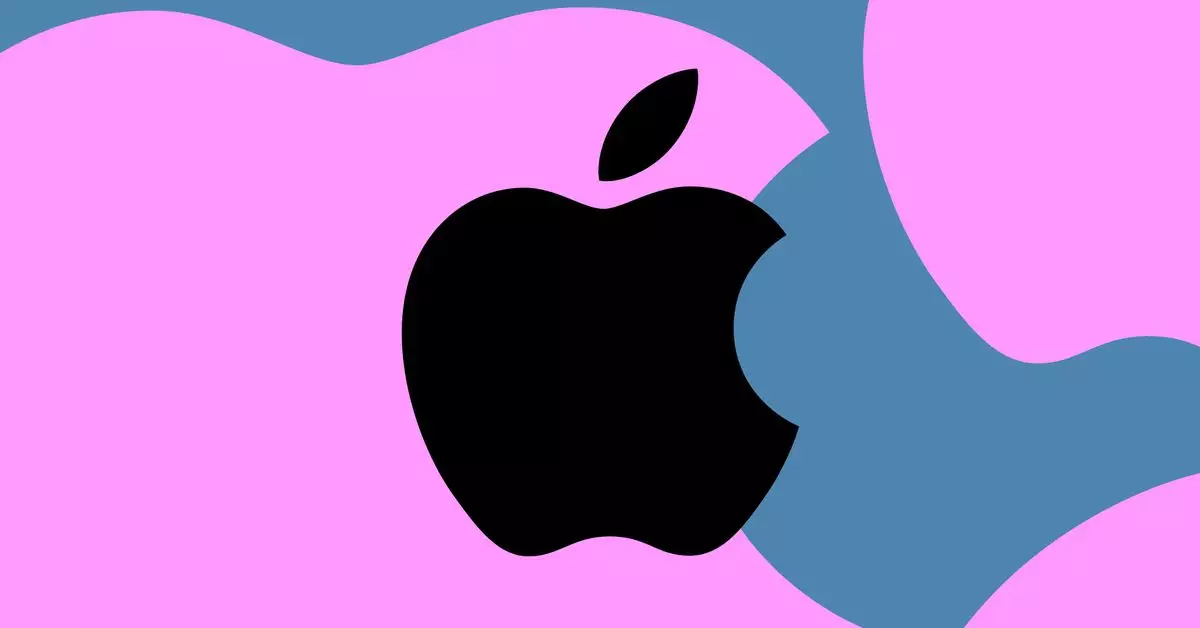Apple Inc. has long been recognized for its ability to innovate and maintain tight control over its technology stack. Recently, the company has taken significant steps towards developing its own wireless chips, signaling a shift that could reshape its mobile device ecosystem. According to industry analyst Ming-Chi Kuo, Apple is expected to unveil its proprietary Wi-Fi and Bluetooth chips with the release of the iPhone 17 in the latter half of 2024. This strategic pivot not only illustrates Apple’s intention to lessen its reliance on third-party suppliers but also highlights the ongoing quest for enhanced performance and user experience in its devices.
In addition to the anticipated Wi-Fi and Bluetooth chips, Kuo has also shed light on Apple’s plans for 5G modem technology. The upcoming iPhone SE 4, projected for a spring 2025 launch, is expected to be the first device to feature Apple’s custom-developed 5G modem, although it will still rely on a third-party Wi-Fi chip from Broadcom for connectivity. This dual-source approach suggests that while Apple is making strides in developing its technology, it is willing to take a pragmatic approach in balancing immediate needs with long-term goals.
This gradual approach to in-house chip manufacturing is consistent with Apple’s historical strategy of integrating as much of its technology as possible. Since acquiring Intel’s modem division in 2019, Apple has faced several challenges on its journey to establish formidable RF modem capabilities, marking a significant undertaking that has proven more complex than initially anticipated.
As the smartphone landscape evolves, the importance of integrated, in-house technologies cannot be overstated. Apple’s move to produce its own wireless components could yield significant benefits, such as optimizing energy efficiency and enhancing overall device performance. Moreover, by developing proprietary technology, Apple also gains greater leverage in its ongoing contentious relationship with Qualcomm, its primary modem supplier for years.
This transition could play a pivotal role in shaping future product lines. For instance, the iPhone SE series, which has traditionally focused on affordability, is rumored to receive a host of upgrades, including a potential OLED screen for the first time, the inclusion of Face ID, and seamless integration with Apple’s AI initiatives. However, with these enhancements, there is speculation that the pricing strategy could shift, possibly resulting in a higher price point for future iterations of the SE line.
As Apple embarks on this journey to develop its own connectivity solutions, the repercussions will likely be vast, affecting not only how they position their products in the market but also the broader telecommunications industry. The transition might take time, but the long-term vision behind it reveals Apple’s commitment to innovation and self-sufficiency, ensuring it continues to control its technological destiny while navigating the competitive landscape of mobile devices. As consumers eagerly await these advancements, only time will tell how effectively Apple’s new strategies will yield the desired results.


Leave a Reply